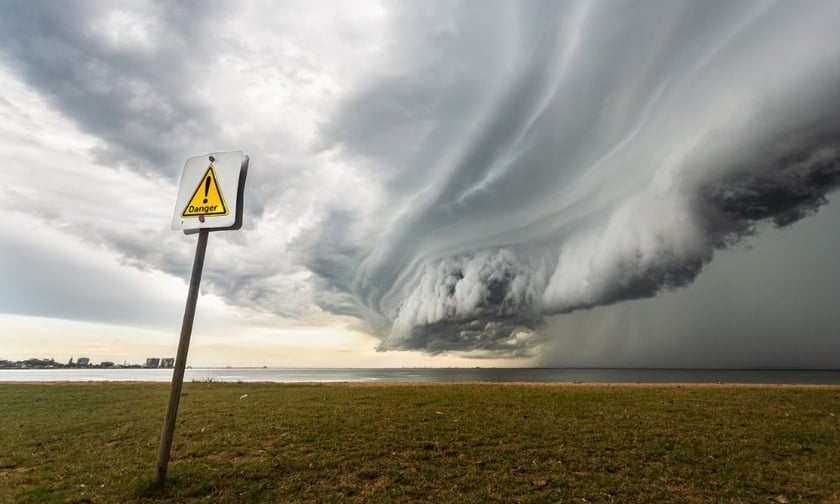

Historic catastrophes, such as the 1999 Sydney hailstorm and Cyclone Tracy would have greater impact in 2023, exceeding even last year’s record-breaking flood, according to the Insurance Council of Australia’s (ICA) latest data.
The data, calculated by Australian catastrophe modelling firm Risk Frontiers, normalised the losses in previous insurance catastrophes to account for inflation, changes in property numbers and values, and stricter building codes to enable insurers, reinsurers, governments, and policymakers to understand the impact of future extreme weather events.
The firm also provided updated data on historic insurance catastrophes adjusted for inflation only, to assist with comparing actual insured losses from events over the last half century.
The 2022 South-East Queensland and New South Wales Floods cost $6 billion in insured losses and is the costliest extreme weather event in our history.
However, the data found that the April 1999 Sydney hailstorm, which resulted in $1.7 billion in insured losses, would result in approximately $8.85 billion in insured losses if it happened in 2023. Cyclone Tracy, which killed 71 people and resulted in $200 million in insured losses when it devastated Darwin on Christmas Eve 1974, would result in an estimated $7.4 billion in insured losses in 2023.
“The financial impact of insurance catastrophes over the past 12 months was around one fifth of the cost of the previous record-breaking year, but more benign weather conditions should not provide false hope that the issues of worsening extreme weather risk have gone away,” said ICA CEO Andrew Hall. “This new data shows that when – not if – extreme weather events strike large population centres in the future, we can expect them to have a greater impact and be more costly, making the case for risk mitigation even more pressing.
“We can’t wait until disaster strikes, we need to act now by investing more to make communities more resilient, reform land-use planning and building codes and, in some cases, move people and homes out of danger altogether.”
The new data is included in the ICA’s annual Insurance Catastrophe Resilience Report, which focuses on insurance affordability and the connection between risks and costs.
In July, the ICA co-hosted a roundtable to help make homes more resilient to extreme weather events.
